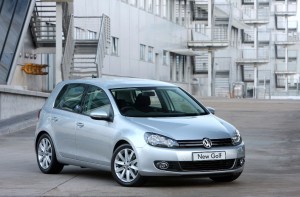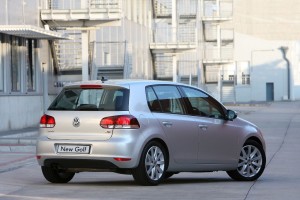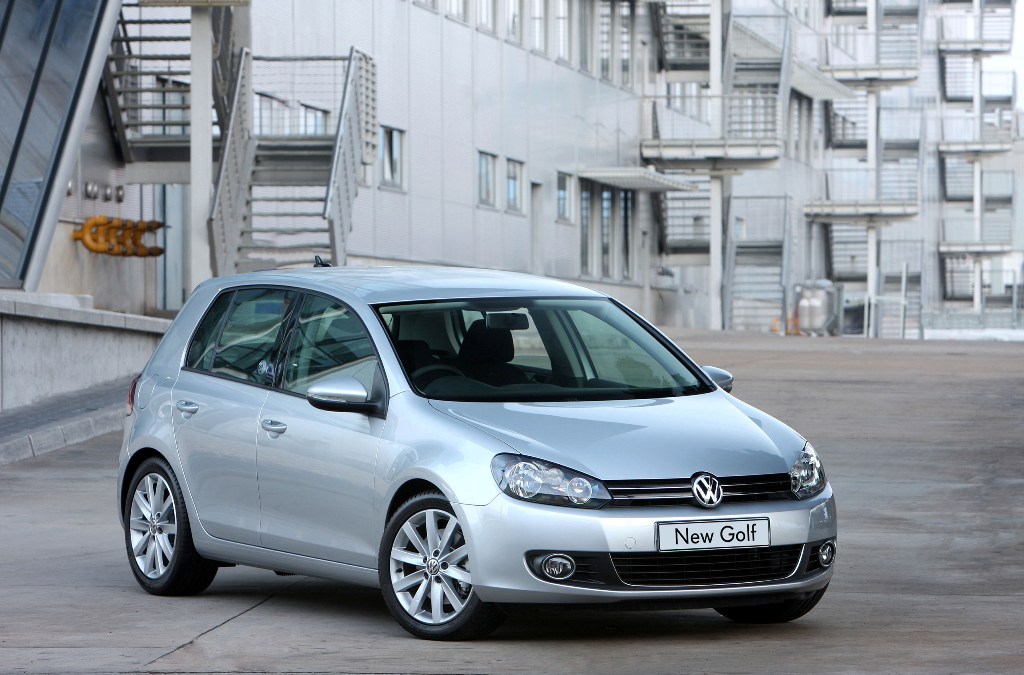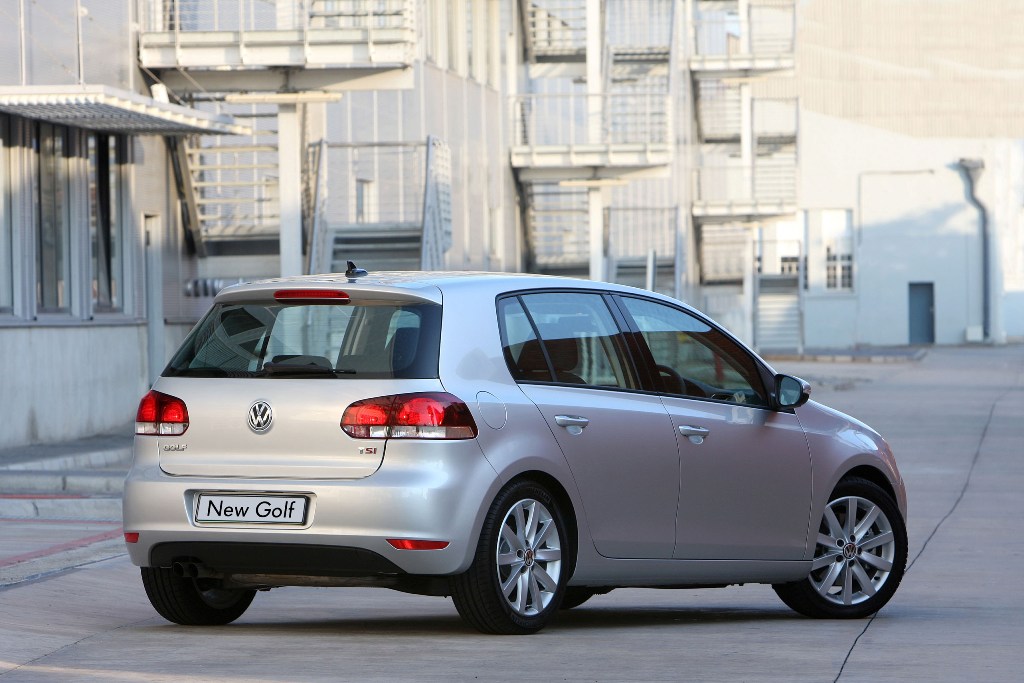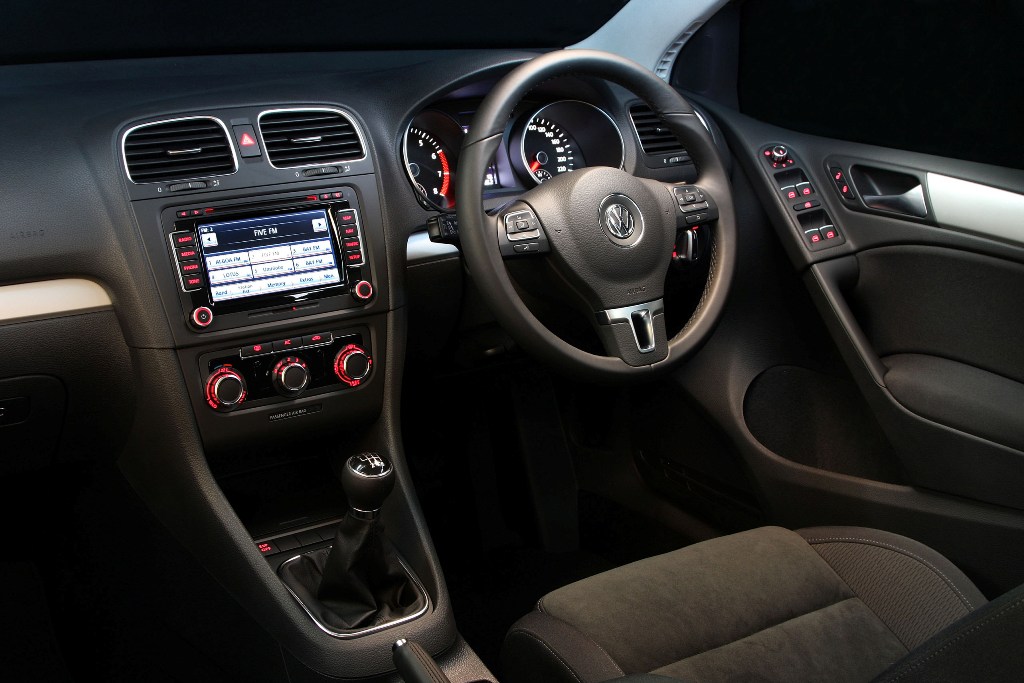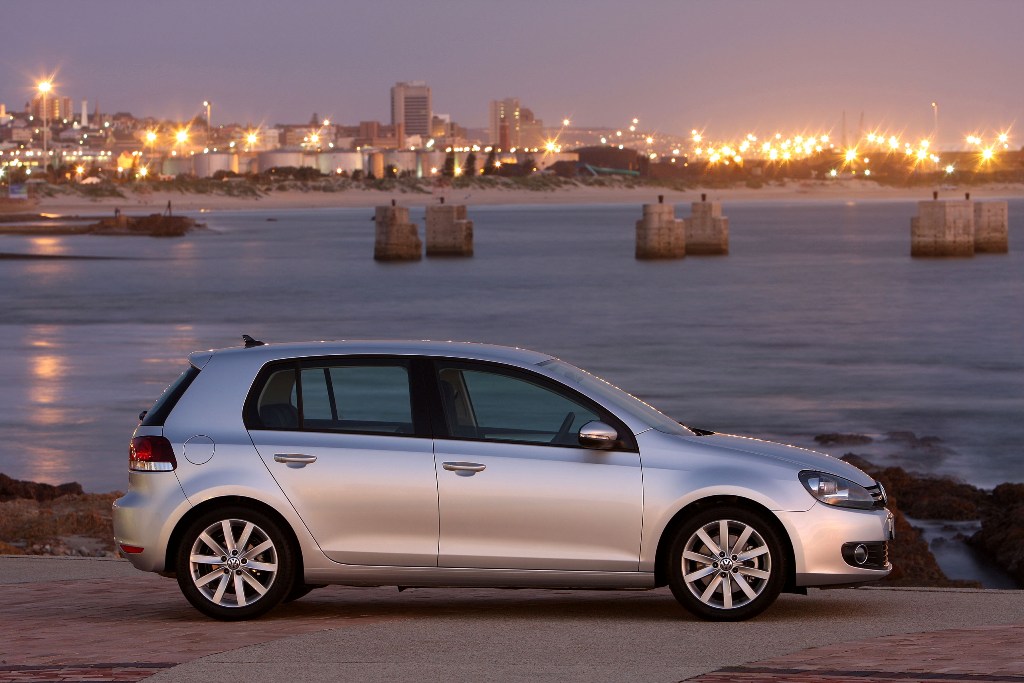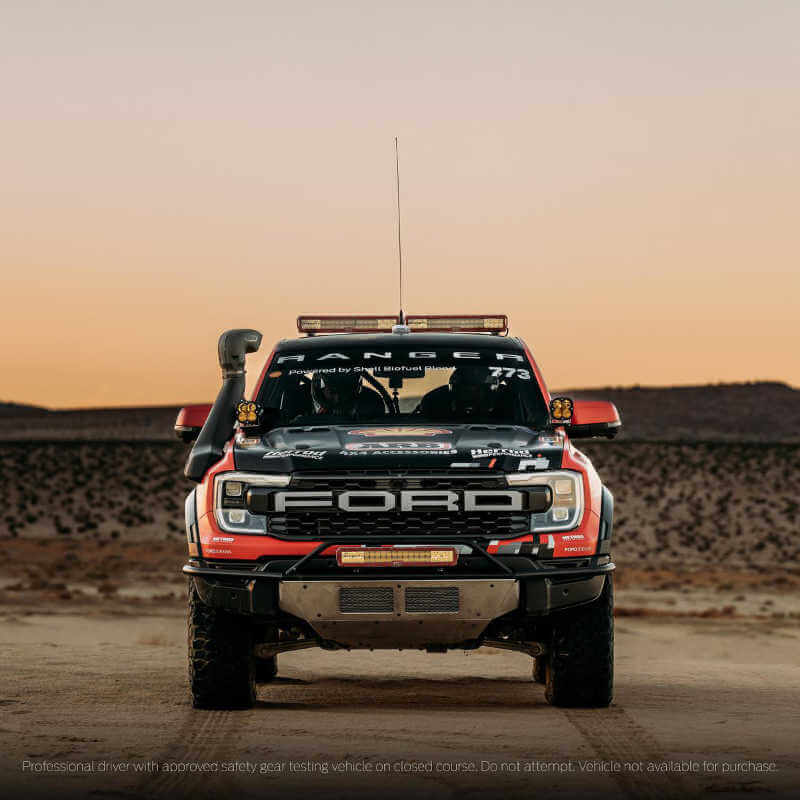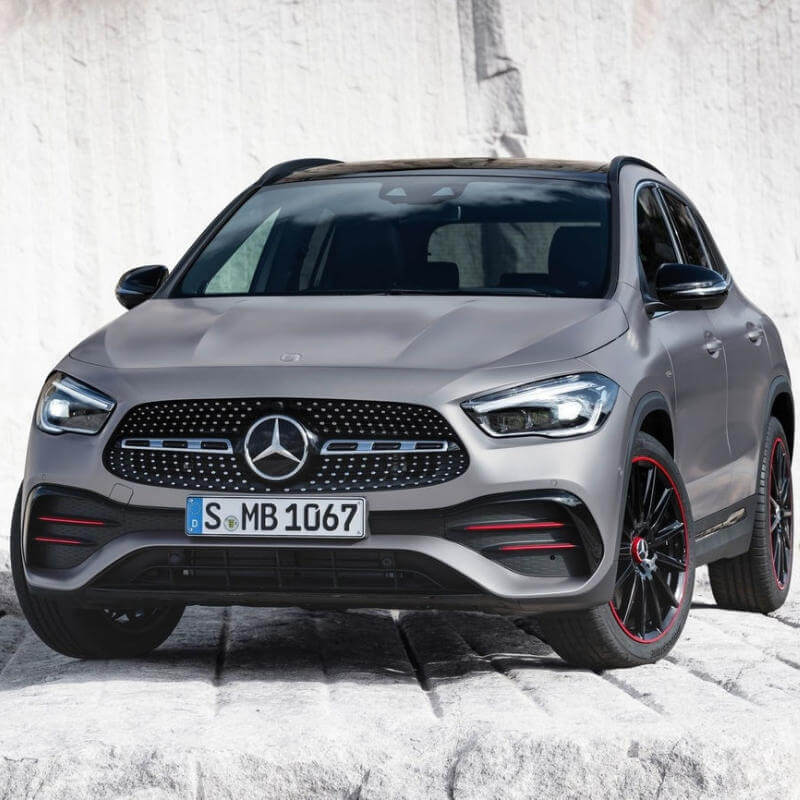The all New Volkswagen Golf 6
Volkswagen has launched the sixth generation Golf and, while managing director David Powels calls it “innovation by evolution”, the biggest question is whether ‘the people’s car’ has moved too far beyond the financial realm of ‘the people’.
The svelte new Golf – 5 mm shorter than the model it replaces and 34 mm lower – kicks in with a price tag of R214 000 for the Trendline 1,6-litre moving upwards to R298 900 for the 2.0 Tdi Highline version and that is before any of the must have options are tacked onto the price.
The first generation Golf – still uniquely around in South Africa as the Citi – arrived amid much fanfare back in 1974. As the replacement for the iconic Beetle, it was revolutionary. Besides the looks, the engine moved to the front and was water-cooled.
Instantly it became a hit and quickly took over from where the Beetle left off, becoming the benchmark for a legion of hot hatches to follow. Subsequent incarnations, although always improving in terms of quality, ride, comfort and features did not necessarily capture the imagination the way the original did. Sales, however, clearly showed the love affair had not lost lustre.
The Golf VI design team led by Walter de Silva has sharpened the lines of the Golf and the new car is a handsome beast – and recognised as such by the International Jury of automotive journalists by being named as the 2009 World Car of the Year.
This prestigious award is one of the many international accolades that the new Golf has received since it was introduced in Europe in the last quarter of 2008. The other awards include Yellow Angel 2009 (Germany), Auto Motor and Sport Readers’ Best Car 2009 (Germany), EuroNCAP 5-Stars (Best result in its class) in 2008 and What Car? Best Small Family Car 2008 (Great Britain).
The unique character of the overall design and orientation of the headlamps, taillights and side profile are also a reflection of the realignment of the overall design of all Volkswagen models – and, it does take much imagination to see a hint of the old Beetle bonnet in the new car.
“We have assembled a selection of core elements, which can be described as ‘historical DNA’. Successful new Volkswagen designs – such as the one now realised on the Golf – will take on this DNA to create both a familiar impression and yet new feeling in the eye of the beholder,” says Walter de Silva.
“The new Golf is more accentuated, more three-dimensional than its predecessor; with precisely defined lines and edges, and with finely proportioned flared surfaces and recesses.”
The roof section now rests – similar to the Scirocco – on a prominently contoured shoulder section. Responsible for this is a dominant curved line that extends from the headlights back to the taillights. This side profile line – which Volkswagen Design calls the ‘character line’ – also gives the Golf a fuller, lower stance on the road from a lateral perspective.
The exterior design changes were not all aesthetic and the new Golf is quieter than any of its predecessors as a result of the improved aerodynamic qualities, including the exterior mirrors that are based on those fitted on the new Volkswagen CC.
The result, much better aerodynamic properties, much less wind noise and much less dirt on the mirrors in adverse weather conditions.
A special sound-damping film in the windshield reduces driving noises, as does the newly developed seal concept for the doors and side window guides.
The sixth generation Golf was awarded the highest score of five stars in the Euro NCAP evaluation, which was the highest overall rating of any vehicle. The latest stricter and more comprehensive assessment criteria of the Euro NCAP assess all safety and assistant systems of the individual vehicles.
The Golf is being offered with a seamless package of safety features as standard equipment. On the passive side, there is a further perfected safety body (including additional reinforcement in the door area and optimised pedestrian protection), seven air bags including knee air bag on the driver’s side and a patented head restraint system for driver and front passenger (WOKS).
In general, the knee air bag protects the driver’s legs from a hard collision with the steering column and instrument panel. In case of an offset impact angle, the feet are also better protected against lateral ankle twist.
Inside, the touch and look of the materials has been upgraded and details such as brushed chrome accents and the round instruments and steering wheels taken directly from the Volkswagen CC not only applies to the two upgraded Golf equipment versions ‘Comfortline’ and “Highline’, but also to the ‘Trendline’ base derivative.
The instrument panel is similar to the Volkswagen CC, which will be introduced in South Africa in the third quarter of 2009. Prominent here are the two round instruments with brushed chrome bezels in the base equipment version; the tachometer is on the left, and the speedometer on the right. Also designed as a round instrument is the gauge for engine coolant temperature; it is integrated in the lower part of the tachometer.
At its introduction, Volkswagen is offering the new Golf with three petrol engine and one diesel unit. Two of the three petrol engines are charged by supercharger and / or turbo-charger. For the first time on the Golf, the latest generation of common rail turbo-diesel (TDI) is being used.
The three petrol engines that are offered at the launch phase will output 75 kW, 90 kW and 118 kW – the 75 kW unit being the 1,6-litre engine carried over from the previous Golf.
Starting at 90 kW, TSI engines with supercharger and/or turbo-charger are used – the same 1,4-litre engines initially launched in the Tiguan. VW claims the new Golf 1.4 TSI consumes just 6,2 l/100 km and has 144 g/km CO2 output.
The 118 kW version of the 1.4 TSI has a claimed consumption around 6,3 l/100 km, an improvement of 1,7 over the Golf 110 kW FSI.
On the 1600 version there is a modified catalytic converter lining as well as a newly programmed engine controller, which was designed in parallel for onboard diagnostics. In this case, fuel savings compared to the previous version with classic torque converter automatic amounts to 18%.
On the Road
1.4 TSI with 90 kW
The spirit is willing but the flesh is weak. Maybe a tad harsh but the 90 kW unit just does not have the grunt Golf fans would really be looking for. Surprisingly though, it has the best engine note of all and sounds quite rorty as the needle climbs closer to the red line.
As with all the 118 kW version and diesel model, drive is to the front wheels via a six-speed manual gearbox and one that has a nice feel to it as the lever snicks swiftly into each slot – used quite extensively on this version to keep it on the boil on the launch route around some of the Cape’s finest roads.
VWSA claims 100 km/h after just 9,5 seconds and a a top speed of 200 km/h.
1.4 TSI with 118 kW
As the most powerful petrol engine on the new Golf, it is both turbo and supercharged and maximum torque of 240 NM is available at a low 1 500 r/min.
This now feels right and despite the size of the car the engine works willingly to propel it forward with some enthusiasm but without any need to ‘row’ it through the gears.
2.0 TDI with 103 kW
The 103 kW TDI is exceptionally fuel efficient with a claimed consumption 4,9l/100 km. It has a top speed of 209 km/h and an acceleration time of 9,3 seconds for the classic sprint to 100 km/h. With 320 Nm of torque on tap from 1 750 r/min it is also the pick of the crop for sheer driving pleasure.
Fuel induction in the 1,968 cm3 displacement direct injection turbo-diesel is handled by the latest generation common rail system. Up to 1 800 bar injection pressure and special eight-hole injection nozzles deliver especially fine atomisation of the diesel fuel. Control of the eight-hole injection nozzles is achieved by the latest generation of piezo in-line injectors.
ESP, anti-lock braking, EDS and ASR are standard on all models as are the complement of air bags and whiplash optimised head restraints – adding immeasurably to the feeling of confidence when thrashing the car through the twisty bits.
Its road manners throughout the range are impeccable with positive steering input, minimal body roll and safety features that are more there to assist than intrude. Above all, it is quieter than many other cars in the same class for wind, engine and road sounds.
But, the price!
Golf VI is fully imported from Germany and will not be locally manufactured. Current pricing has moved it away from being on the shopping list of most car allowance recipients and pushes it upwards into the medium executive bracket, dangerously far away from many Golf fans’ affordability.
Prices (VAT included)
1.6 Trendline (75kW) R214 400
1.4 TSI Trendline (90kW) R227 900
1.4 TSI Comfortline (90kW) R238 400
1.4 TSI Highline (118kW) R272 900
2.0 TDi Highline (103kW) R298 900
The new Golf range comes standard with a 5 year/90 000km Service Plan, 3 year/120 000km warranty and a 12 year anti-corrosion warranty. Service Interval is 15 000km.
Sourced via sacarfan.co.za

